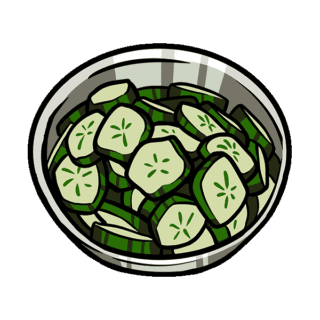Agar Agar
If the name “agar” sounds familiar but you can’t quite pinpoint why, it might very well be that you’re having flashbacks to high school science class: it’s the gelatin-like substance used to culture bacteria, fungi, and other funky microscopic things. Which probably leaves you wondering — why on Earth would Uwajimaya sell or care about agar?
The answer is that agar-agar is more than just a microbiologist’s tool — it’s also an ingredient in desserts across East Asia. Without full context, that sounds kind of gross. Let us explain:
Agar-agar itself is simply a gelatinous setting agent extracted from red algae. And while its most famous usage for many Westerners or Europeans is in a petri dish, it’s also used to create jelly-like sweets. Popularly thought to have been discovered in Japan, agar-agar’s been used this way in Asia for at least a few hundred years. It’s high in iron, phosphorous, calcium, fiber, and vitamins A, Bs, C, and D.
While it can be derived from a handful of types of red algae, the agar-agar you’ll find at stores is mostly from ogonori and sold either in powder form or in long strips. It dissolves in water and can hold up to 20 times its own weight — and unlike gelatin, agar-agar doesn’t need to be refrigerated to set, which along with its lower calorie count and non-animal origin makes it far more versatile (some might say superior). One popular usage for agar-agar is in some boba tea pearls instead of tapioca.
If you’re looking to make your own gelified sweets, you can find powdered agar-agar or agar-agar strips in Uwajimaya’s grocery department.





